While from the outset interrailing may look really exciting and glamorous, there is a whole lot of planning that comes with it.
From where to go and where to sleep, to how to save money and stay safe, there’s a lot you need to consider before venturing out into the unknown!
If you want to ensure your interrailing travels go as smoothly as possible, here are the 17 best interrailing tips you need to know.
This is a guest post written by Sarina of Sarina Explores.
Interrailing Tips: 4-8 months before you set off
1. Think about your deciding factors
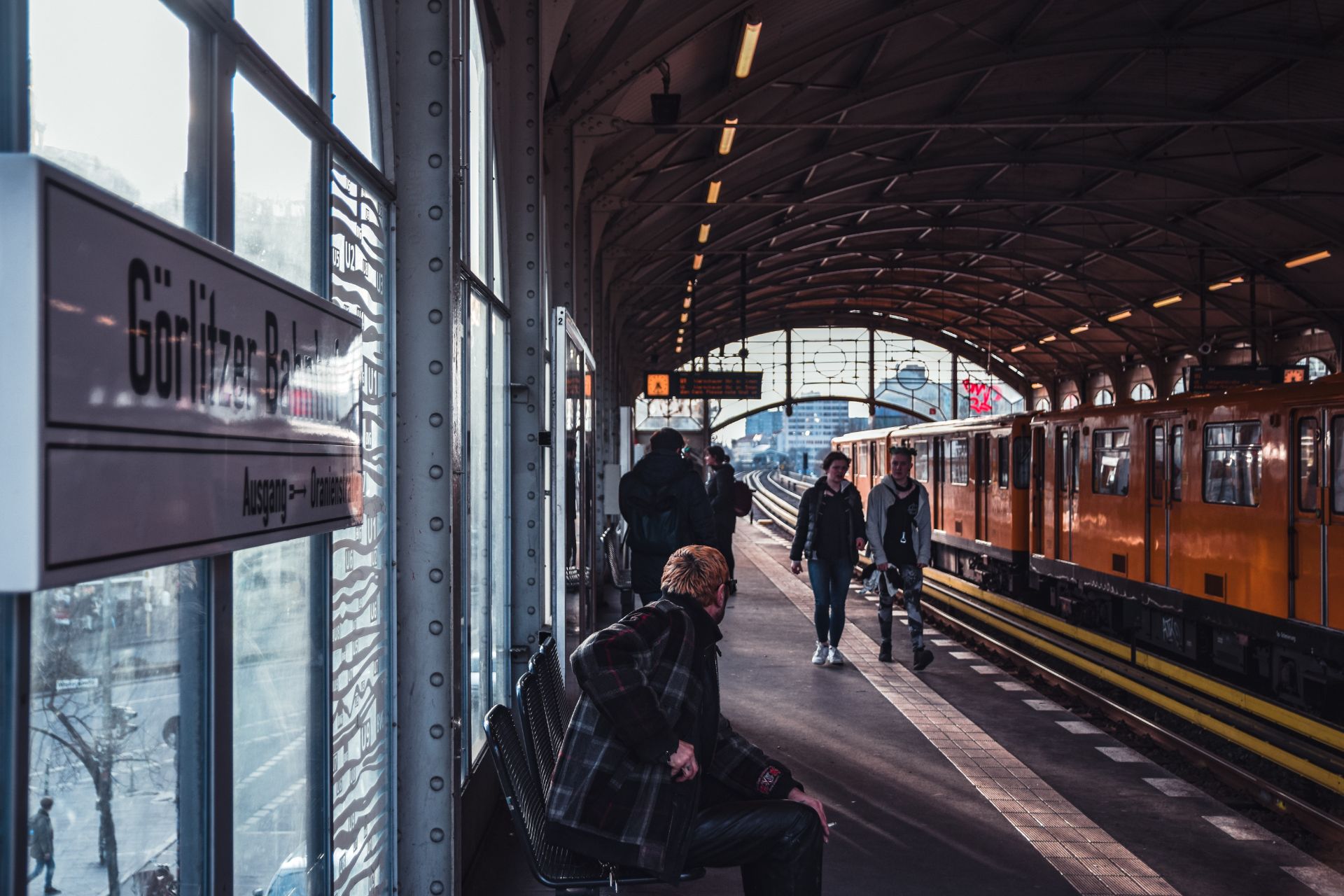
Before you start to embark on planning your trip, it’s important to take into consideration a few different things:
- Time: How long can you travel for? 3-5 weeks is usually the standard interrail trip length; however, you can purchase passes that let you travel for up to 3 months. Think about when you will fit your travels into your yearly calendar, and how much time you are able to get off work or how long your university breaks are before planning.
- Area: What area do you want to cover? It can be hard to cover large scopes of Europe, so many people decide to cluster areas such as Eastern-Europe, Vienna, Budapest, Prague and Split together or do more of Southern Europe: Italy, France and Spain!
- Festivals and Events: Are there any events you really want to go to? We wanted to go to the famous La Tomatina in Valencia so planned our trip around that!
- Distance: How far are you prepared to travel? Do you want shorter journeys (1-3 hours) or are you willing to travel longer distances to reach more countries?
- What is your budget? Some areas can be more expensive than others i.e. we stayed in Geneva which was quite expensive!
2. Purchase your pass (or win one!)
We won our interrail passes through the #DiscoverEU annual competition, which awards 15,000 18-year-olds across Europe with passes to ‘encourage them to become more independent, develop soft skills and embrace European values.”
It was so great to win this as we saved so much money by travelling for free!
However, if you are looking to purchase passes, there are discounts for Youth Passes (18-27).
There are also a variety of different passes you can get which allow you to travel on a certain number of days.
I’d recommend the ten days within two months pass, the fifteen days within two months pass and the seven days within one-month pass, as you’ll want to spend some time in each country.
3. Book hostels in advance
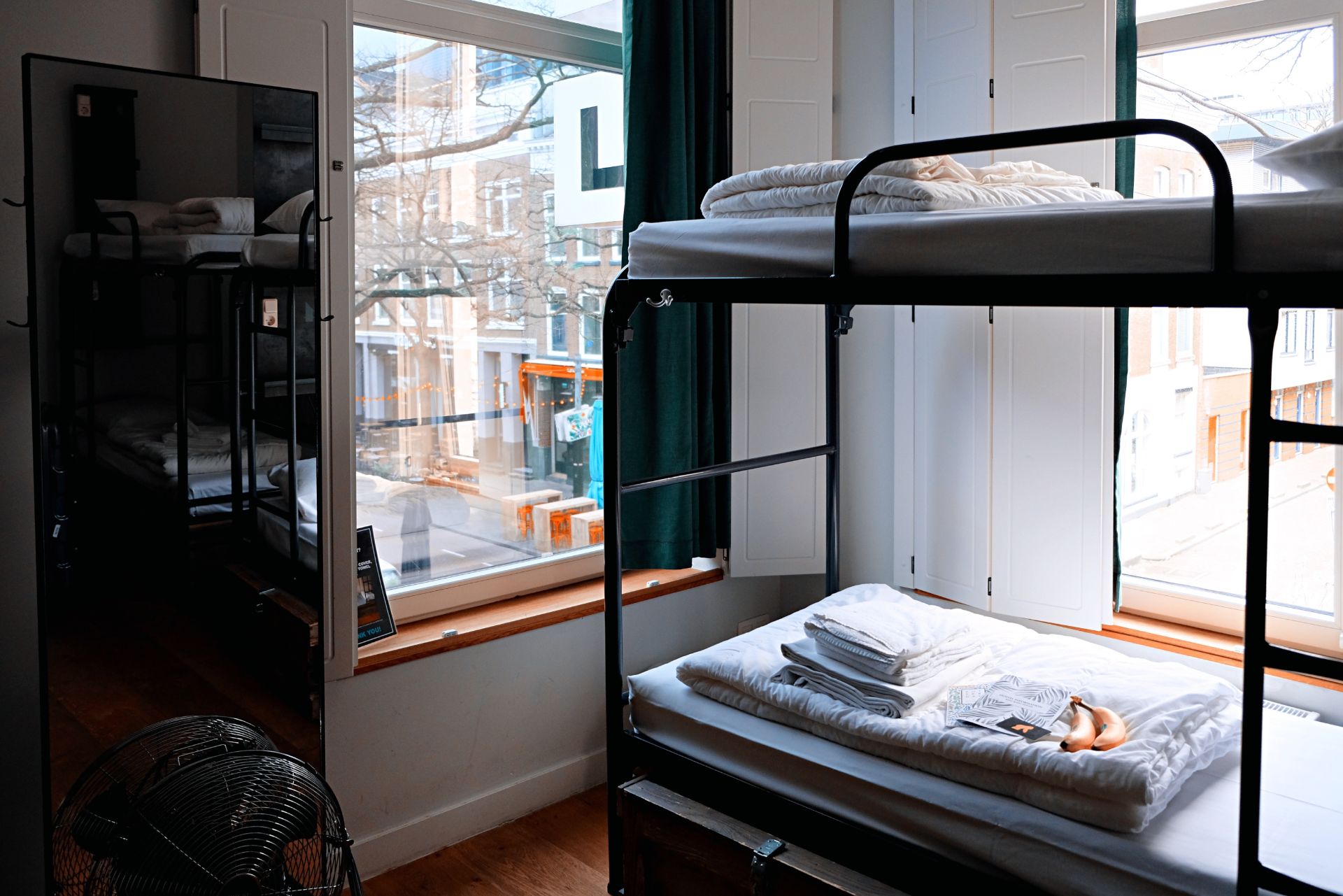
I know quite a few people book hostels when they arrive at their destination; however, I think it’s better to pre-book everything!
You can usually save money, with offers for advance booking and sometimes they even guarantee free cancellation, but it’s mainly for peace of mind to know where you will be sleeping each night.
In cities such as Amsterdam, Barcelona, Paris and Prague, hostels also tend to get booked up really quickly in peak interrailing season!
4. Book direct
It is important not only to book early but to book somewhere that is safe, secure and reputable!
Start by checking hostel comparison sites such as Hostelworld and Hostelbookers but then head to the hostel’s own website and book directly if possible as you’ll usually be able to save some money doing this.
When booking a hostel, you should take the following into consideration:
- Location (how far is the hostel from the city centre and main train station?)
- Mixed/single-sex dorm (some dorms can be mixed and these are usually cheaper than single-sex rooms)
- How many beds are in the dorm and what is the bedroom : bathroom ratio? We slept in a dorm of 12 in Barcelona!
- Is there lockers and storage? Do you need to pay for them?
- Is there free Wi-Fi and is breakfast included? Or is there a kitchen?
5. Seat reservations
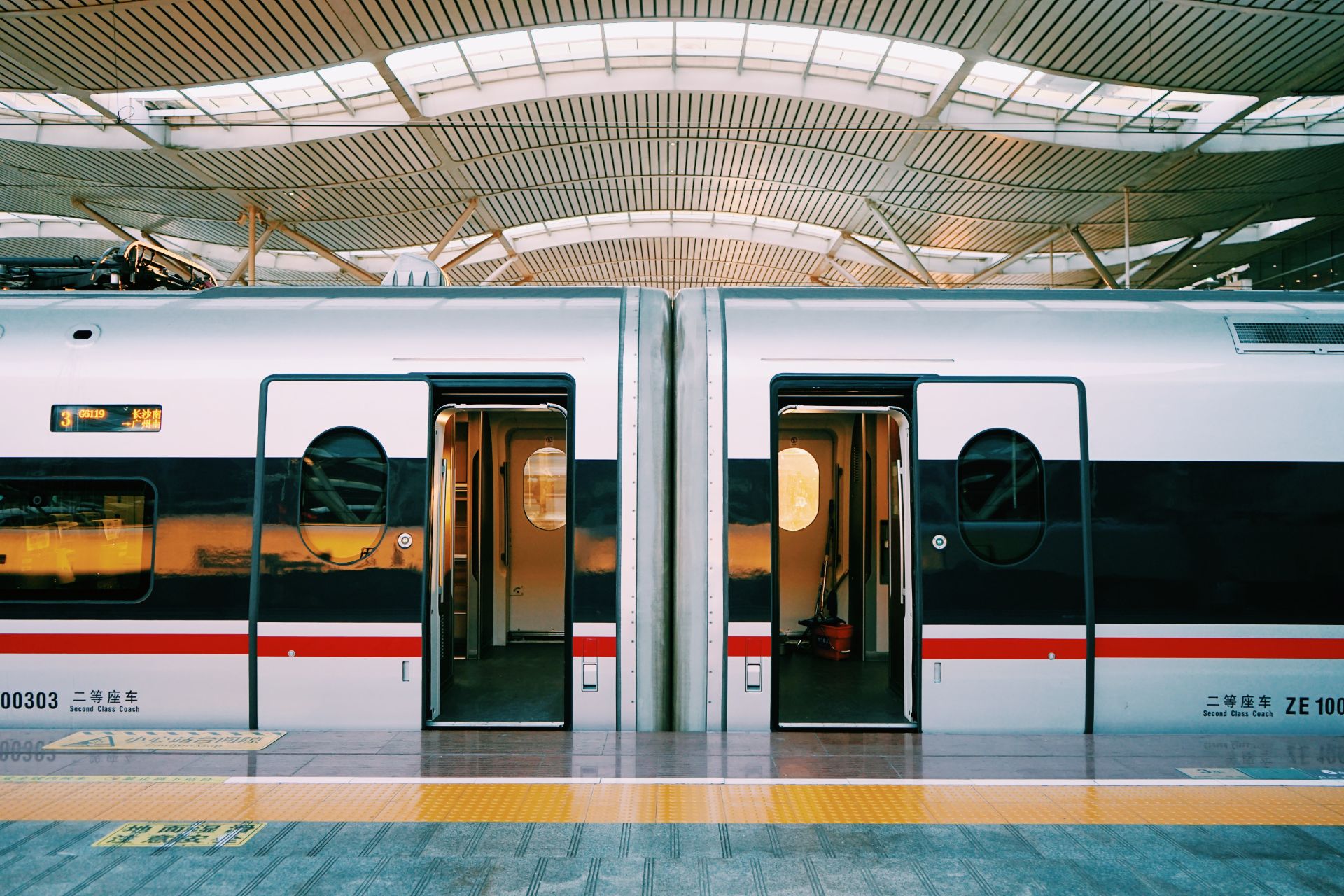
Seat reservations can be an absolute nightmare and one of the hardest things when it comes to planning!
It’s important to book these in advance especially for France, Italy and Spain because:
- For many high-speed trains such as Paris to Barcelona – you need a seat reservation or you won’t be able to board.
- If you are planning on going on a sleeper train, you will need reservations.
- In Western countries, the seat reservations are more expensive and can be harder to book/there is less availability.
Once you purchase your pass, you can create an account on the interrail website to book your seat reservations.
They have a tool online that helps you do all of this in one go and see how much each seat costs, as well as distances and number of changes to help you plan.
Interrailing Tips: Just Before You Go
6. Use The Man in Seat 61
One of my favourite interrailing tips is to use The Man in Seat 61, a great source of information on all things train travel.
It has really useful tips and can be good when deciding your route, as well as helping you to find the best deals and optimal train times.
You can search not only within Europe but also trains from the UK to other countries and travel within the UK.
This makes it a great tool for planning inbound and outbound journeys, as well as trips outside of interrailing and domestic travel in other countries.
7. Sort out your currency

Remember to take out the correct currency for each country that you are planning on travelling to.
I think it’s always best to carry both cash and card for those just in case situations!
Cash: when taking cash out, search around to see where has the best exchange rate. I took mine out from Debenhams; however, check out Travel Money to find the best exchange rate for travel money closest to you, either for collection or delivery.
Card: a travel credit or debit card is almost always the best and cheapest way to pay overseas, beating bureau de change rates – using your own standard cards could cost you up to £1,000 in difference!
I used Revolut and Monzo throughout my time, who charge no fees when spending abroad and also show you both currencies when you purchase something.
Top Tip: Always pay in the currency of the country you are travelling to when provided with the option!
8. Pack right and light
I took the Vango Sherpa 65 with me and I can’t recommend it enough!
I’d say 65 litres is a great amount of space; however, depending on how much you like to pack, anywhere between 50-70 is a good amount.
It also depends on your journey length and the season you are travelling i.e. in summer you can pack lighter!
I don’t recommend taking a suitcase as you will want to keep your hands free for maps, to use your phone, etc. and they can be a mess to drag over the cobbled pavements as well.
I would also recommend packing a rucksack transit bag for safety.
This is especially useful if you are flying anywhere as you can add a lock for longer journeys. This one was only £9.
9. Creating your itinerary
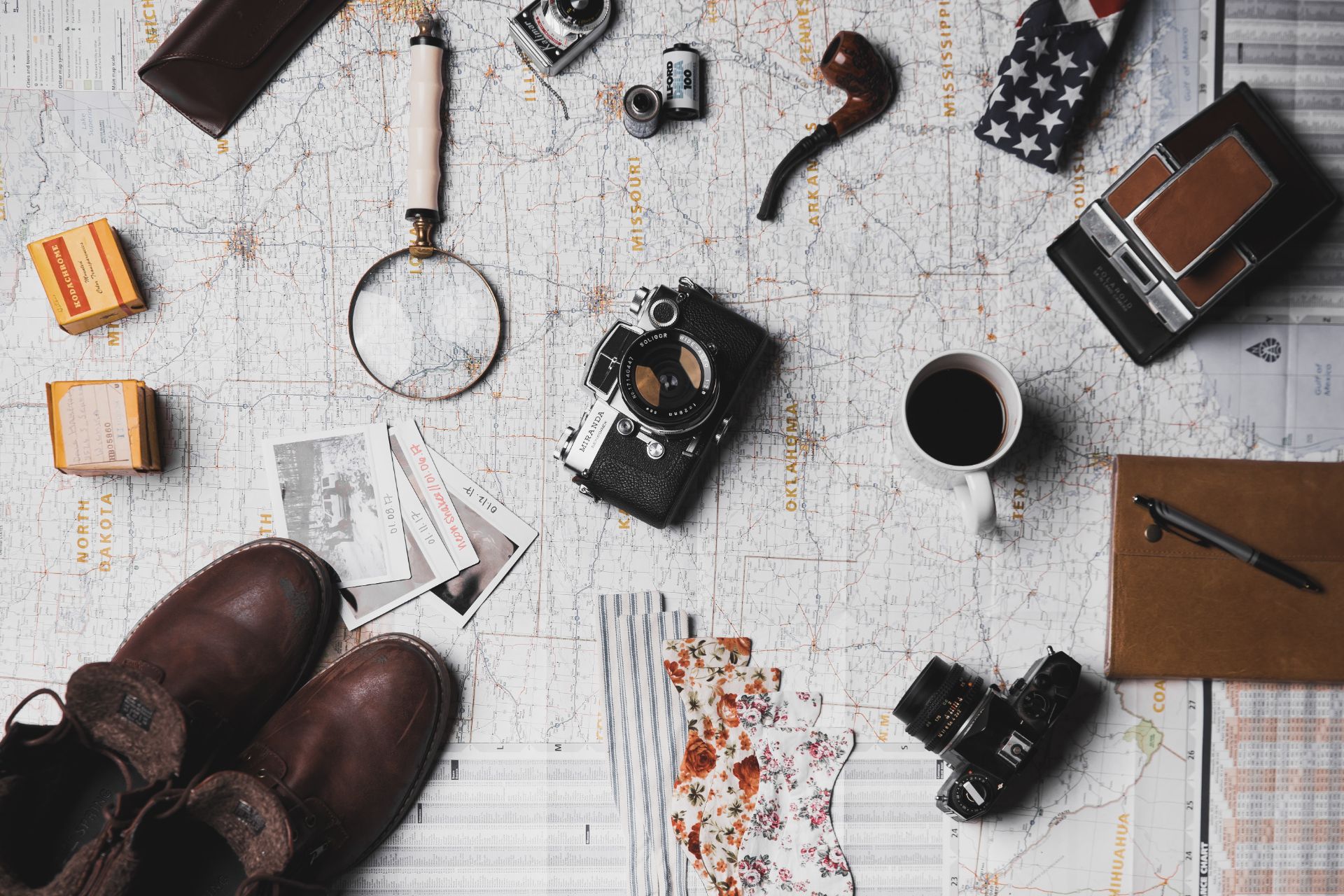
It is so important to write an itinerary for your trip if you have pre-planned trains and accommodation.
You can do this in a few different ways: as a simple Word doc, import it into your Google Calendar or do it as an Excel spreadsheet.
Mine included how to get from the train to the hostel, and what time we had to depart from our hostels in order to make it to the station in time, with 30-45 mins to spare.
It’s also a great thing to share with your family so they roughly know where you are and when.
10. Order a youth card
The European Youth Card can save you discounts on lots of activities, trains, hostels etc. and it’s available in over thirty different countries. It’s packed with tens of thousands of discounts!
It’s free and can be used in the UK as well, up to the age of 31.
Some examples of where you can use the discount include: Costa, Moco Museum, Flixbus, Disneyland Paris, Topshop and Vapiano to name a few.
Interrailing Tips: While You’re Away
11. Take two locks
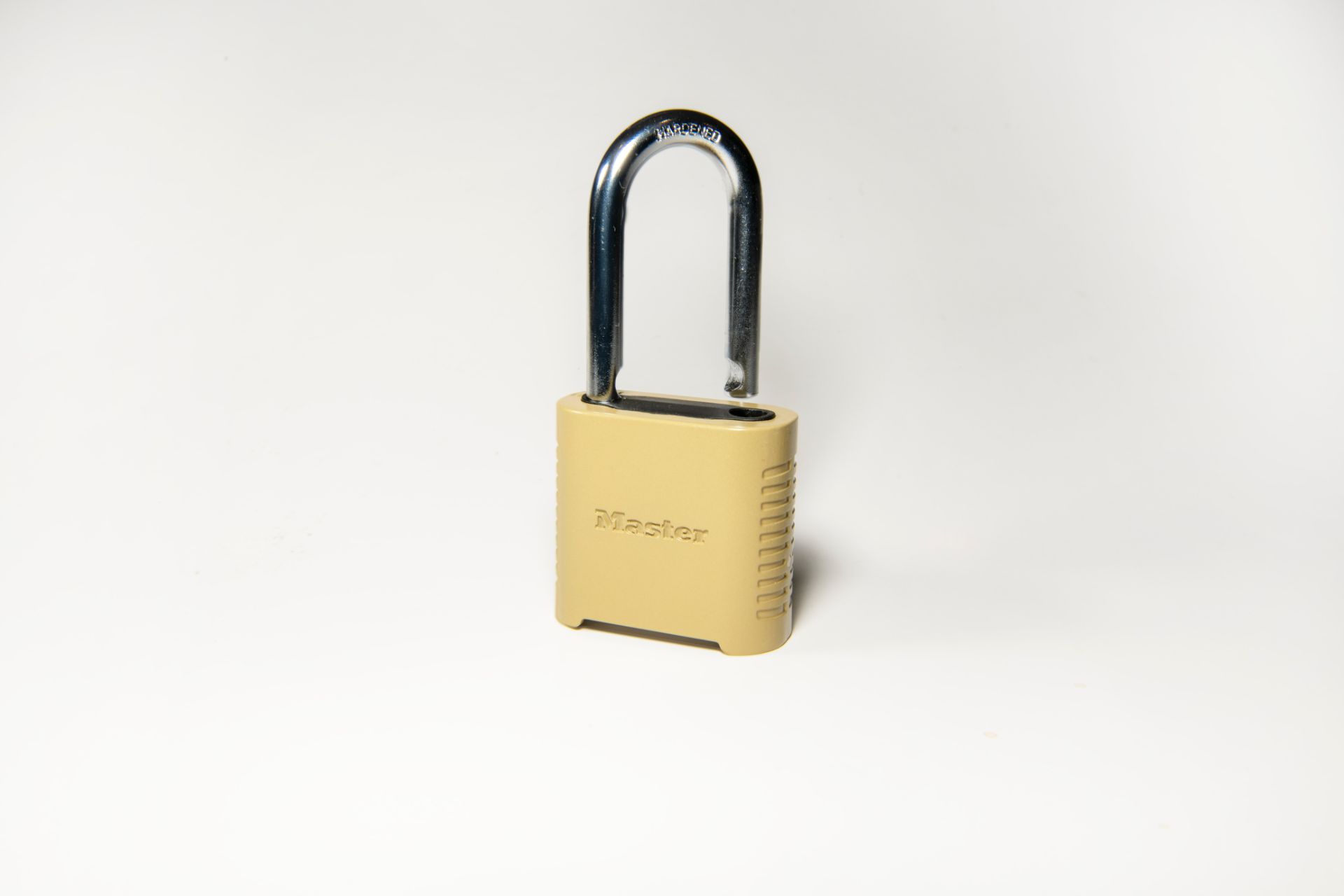
It is so important to lock your bag while on all train journeys and when not in your hostel room.
We had a strange encounter in one of our hostels where a random person rumbled through my friend’s stuff while we were out of the room so I would 100% buy a lock for your bag.
Many hostels will also require you to have one if you want to use their lockers too.
I would purchase a number lock, where you have to remember a passcode instead of a lock and key one as it’s easy to lose the key and it’s just another thing that you will end up having to look after!
12. Wear a travel belt underneath your clothes at all times, even while sleeping!
This is one of the most important interrailing tips for while you’re travelling.
Please purchase one of these! They are lifesavers.
Travel belts are small belts with a pocket that you can slip under your clothes that can hold your passport, keys, money and sometimes even phone, depending on the size.
I wore mine absolutely everywhere, apart from in the shower, but even then I took it to the bathroom.
They are super discreet and great for peace of mind, as you don’t want to lose any of your essentials while travelling, especially with many countries in Europe being known for pickpocketing.
I would even wear yours while sleeping if you are in a shared dorm!
13. Cook in some nights and venture further for food

I love eating out but I found that eating in main tourist areas did end up adding up!
I’d recommend doing your research beforehand using ‘My Maps’ to save restaurants that are further out from the main hotspots and have affordable menus.
If you are staying in hostels with kitchens, make the most of the kitchen.
You can purchase from the supermarket but we found that often people would leave food behind such as pasta or rice that you are welcome to use, which would otherwise be chucked away.
This can help you save some money here and there!
14. Use Google’s ‘My Maps’ feature
This is probably one of my favourite things to do on any trip! Google has a great feature on Maps, where you can create lists of places that you would like to go and can easily share these with your friends.
These can even be accessed offline, which is great when you are travelling.
I use this every time I travel to bookmark everything that I would like to do!
You can use different icons and colours to label them as restaurants, attractions, etc.
The new app also has a feature that matches you % wise, to places that it would think you like, based on where you’ve previously been to!
The functionality is great, I cannot fault it one bit!
15. Look out for freebies
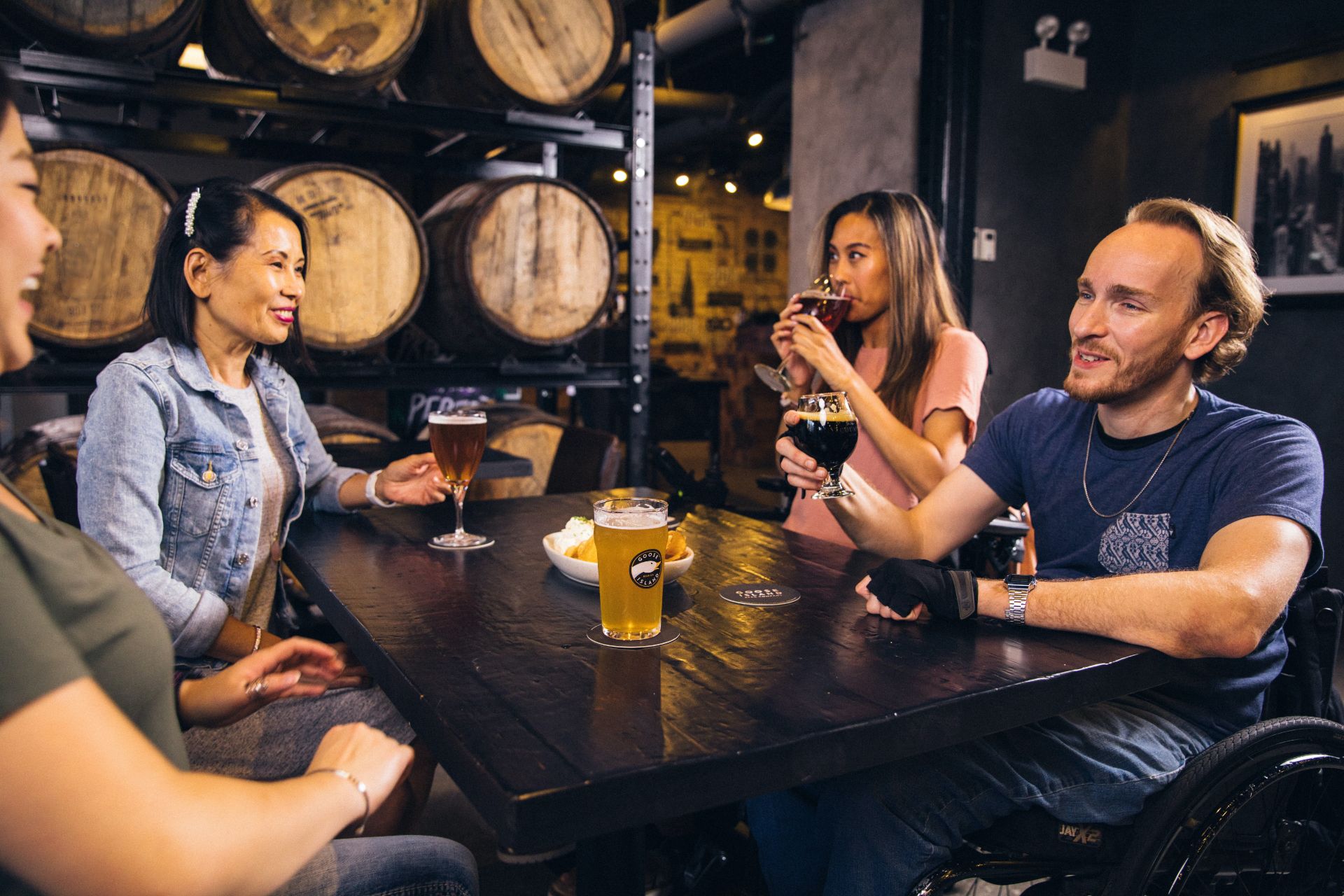
There are so many free things available when interrailing. One of my favourites is the free walking tours.
We went on many SANDEMANs free walking tours, which were so insightful and gave us a really good foundation at the start of each place to be able to get our bearings of the area and find out some initial recommendations!
I’d try and do these in most cities if you can.
Many hostels also offer free entertainment which can be a great way to meet people at the same time!
One of our hostels put on daily activities such as yoga, wine tasting and karaoke – these can be a really fun way to get involved with the hostel culture as well.
Lastly, I would recommend when researching to note when museums/attractions that you would like to visit are offering free or reduced entry as many tend to do this on certain days of the week or offer youths/students a discount.
16. Take flip flops
Flip flops are so great to have just for walking around in your room when you don’t want to wear stuffy socks.
But I would also suggest wearing these in communal showers in hostels, as the floor can be grim sometimes and isn’t cleaned regularly.
They are also great for taking to the beach and super light to pack making them one of my staples for the trip.
17. Ask for recommendations
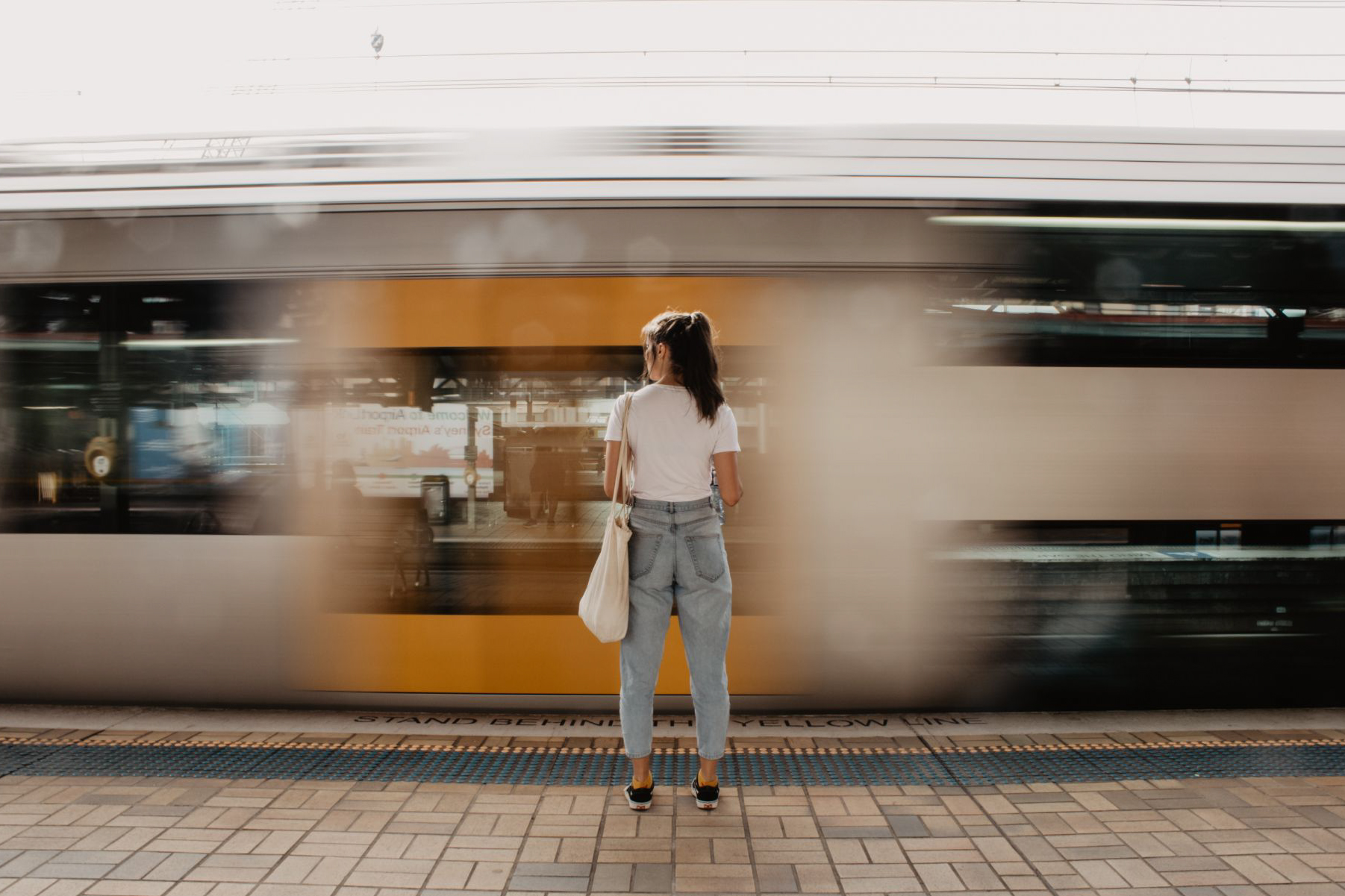
Last but by no means least, one of my favourite interrailing tips is to ask the hostel staff for recommendations.
They know the areas best and can help guide you to affordable places to eat and visit.
Hostels often also have discounts that they are able to provide you with due to their connections with tourist hotspots.
They will know the recommendations that aren’t top of the list or promoted on Google, and will give you more of an authentic interrail experience and help you widen your cultural knowledge!
So there’s a round-up of the 17 best interrailing tips you need to know! If you have any more must-know interrailing tips, please share them in the comments below.



















